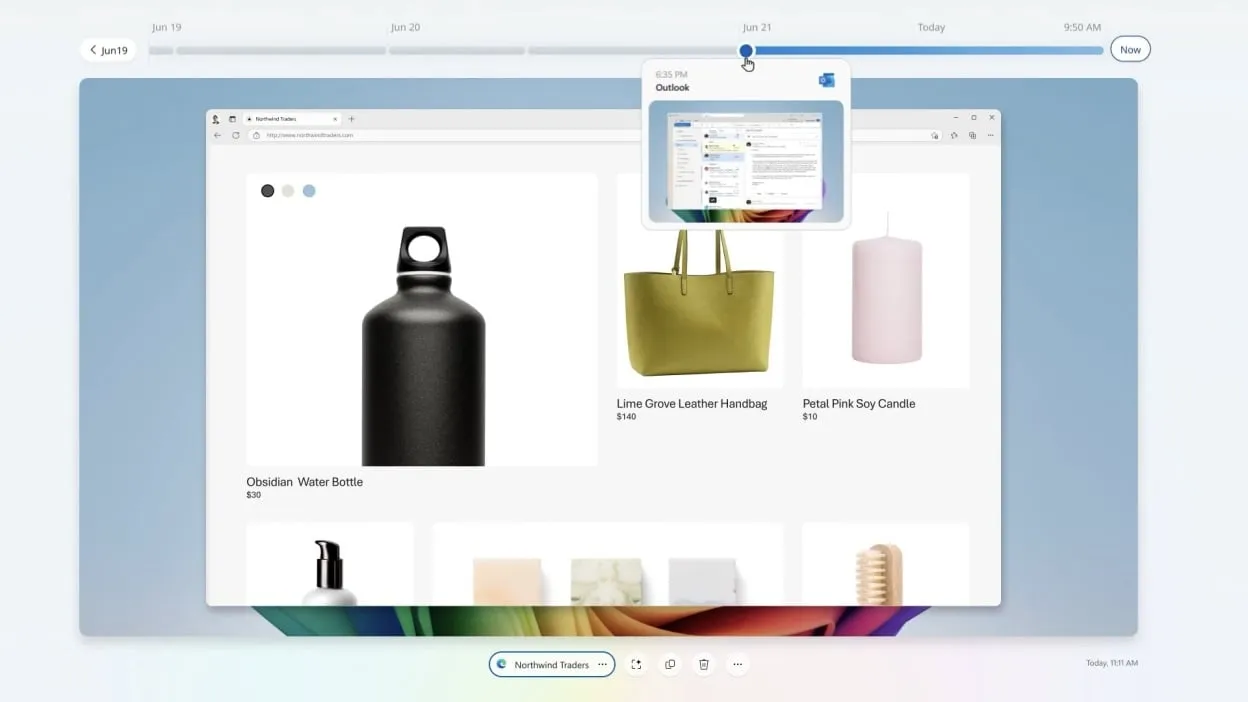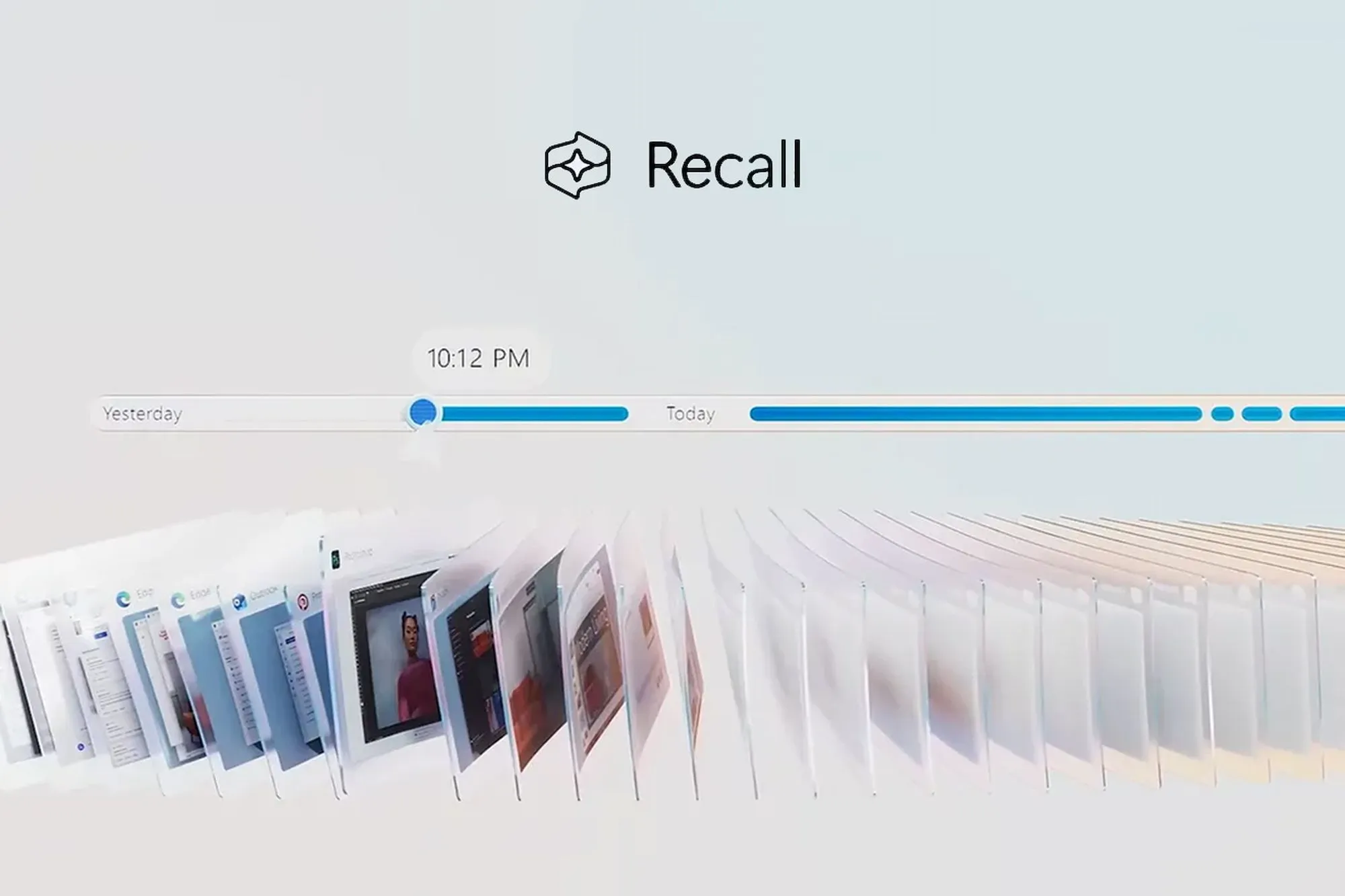Microsoft’s New Recall Feature A Game-Changer or a Potential Disaster?
In today’s fast-paced and constantly evolving technological landscape, tech companies are constantly coming up with new features and updates to improve user experience. One such feature that has recently caught the attention of many is Microsoft’s new recall feature. This feature allows users to delete sent emails from the recipient’s inbox, even after they have been read. While this may sound like a dream come true for anyone who has ever sent an embarrassing email or made a mistake in a professional setting, it also raises concerns about the potential consequences and abuse of such a feature.
The recall feature was first introduced in Microsoft Exchange Server back in 2003 and has since then been available for Outlook users. However, it has now been rolled out to Office 365 and Outlook.com users as well, making it accessible to millions of people worldwide. With this feature, users can choose to recall their email, which will remove it from the recipient’s inbox, giving them the impression that the email was never sent in the first place.
But is this feature really as great as it sounds, or does it have the potential to cause more harm than good? Let’s delve deeper into the new recall feature and explore its benefits, drawbacks, and implications.

How Does the Recall Feature Work?
Before we discuss the pros and cons of the recall feature, let’s understand how it actually works. When a user sends an email, they have the option to click on the “Recall This Message” button in the top toolbar. This will bring up a pop-up window where the user can choose to either delete the message without sending a replacement or replace the original message with a new one. If the user chooses to replace the message, they can also opt to receive a notification when the recall is successful or if it fails.
If the recall is successful, the original email will be deleted from the recipient’s inbox, and they will receive a new email in its place. However, if the recall fails, the original email will remain in the recipient’s inbox, and they will also receive a notification that the sender attempted to recall the email. Additionally, the recall feature only works for emails sent within the same organization or domain. This means that if you send an email to someone outside of your organization, you cannot recall it.
Benefits of the Recall Feature
- Correct Mistakes: The most obvious benefit of the recall feature is that it allows users to correct their mistakes before they are seen by the recipient. Whether it’s a typo, incorrect information, or an embarrassing message, the recall feature can save the sender from potential embarrassment or damage to their reputation.
- Save Time and Effort: Another benefit of the recall feature is that it saves users time and effort. Instead of having to send a follow-up email explaining and apologizing for the mistake, the user can simply recall the original email and send a corrected version instead.
- Avoid Legal Issues: In some cases, a wrongly sent email can lead to legal issues, especially if it contains sensitive or confidential information. With the recall feature, the sender can delete the email before it reaches the intended recipient, thus avoiding any potential legal consequences.
- Maintain Professionalism: The recall feature can also help maintain professionalism in the workplace. For example, if a user accidentally sends an email meant for their colleague to their boss, they can quickly recall it and send it to the correct recipient without causing any confusion or misunderstandings.
- Keep Control Over Sent Emails: Finally, the recall feature gives users more control over their sent emails. It allows them to retract a message if they have second thoughts about sending it or if they realize that it was not necessary to send in the first place.
Drawbacks of the Recall Feature
Despite its many benefits, the recall feature also has some drawbacks that make it a cause for concern.
- Unreliable: The most significant drawback of the recall feature is that it is not entirely reliable. As mentioned earlier, if the recall fails, the original email will remain in the recipient’s inbox, and they will receive a notification about the attempted recall. This can be embarrassing and potentially cause more harm than good.
- Limited Timeframe: The recall feature only works if the recipient has not opened the email before the recall request is sent. Once the email is opened, the recall option becomes unavailable. This means that if the user realizes their mistake after the recipient has read the email, they are out of luck.
- Limited Scope: Another limitation of the recall feature is that it only works within the same organization or domain. This means that if the sender wants to recall an email sent to someone outside of their organization, they do not have the option to do so.
- Can Be Abused: The recall feature can also be abused by users who want to hide their mistakes or cover up their tracks. For example, an employee may send an inappropriate or offensive email and then recall it before anyone else sees it. This can lead to a toxic work environment and potential legal issues.
- No Control Over External Emails: Finally, the recall feature does not work for external emails, which means that once an email is sent outside of the organization, the sender has no control over its content. This can be problematic if the email contains sensitive or confidential information that was intended for internal use only.
Potential Consequences and Abuse of the Recall Feature

As discussed earlier, the recall feature can be abused by users to hide their mistakes or cover up their tracks. In a professional setting, this can lead to serious consequences, including damage to one’s reputation, loss of trust from colleagues, and even job loss. Additionally, if the recall feature is used to delete evidence of wrongdoing or unethical behavior, it can lead to legal issues and further consequences.
Moreover, the recall feature also raises concerns about privacy and data protection. By allowing users to delete sent emails from someone else’s inbox, it opens up questions about who has control over one’s personal data and how it is being handled. This can lead to potential misuse of personal information and infringement of privacy rights.
Safer Alternatives to the Recall Feature
Given the potential consequences and abuse of the recall feature, it is important to explore safer alternatives that can help avoid mistakes and embarrassing situations in the first place.
- Double-Check Before Sending: The most effective way to avoid mistakes in emails is to double-check them before hitting the send button. Taking a few extra seconds to proofread an email can save you from the hassle of having to recall it later.
- Use Drafts for Sensitive Emails: If you are sending sensitive or confidential information, it is always a good idea to save the email as a draft first and then review it carefully before sending it. This gives you a chance to make any necessary changes before the email is actually sent.
- Use Encryption: Another way to protect sensitive information in emails is by using encryption. This ensures that even if the email falls into the wrong hands, the information cannot be accessed without the correct decryption key.
- Have Email Policies in Place: Organizations should have clear email policies in place that outline the dos and don’ts of email communication. This can help employees understand the repercussions of misusing the recall feature and encourage responsible use of emails in general.
- Limit Access to the Recall Feature: Finally, to prevent abuse of the recall feature, organizations can limit access to it. This means that only certain individuals or positions have the ability to use the recall feature, reducing the risk of it being misused by anyone else.
The Future of the Recall Feature

While the recall feature has been around for almost two decades, its recent rollout to Office 365 and Outlook.com has brought it back into the spotlight. As with any new technology or feature, there will always be concerns and debates about its potential consequences and abuse. And while it does have its benefits, they come with a significant amount of risk as well.
As technology continues to advance, it is essential for tech companies to prioritize user privacy and data protection. Features like the recall feature may seem like a convenient solution to common email mistakes, but they also pose a threat to our personal information and can be easily abused. It is up to both individuals and organizations to use such features responsibly and ensure that they are not being misused for personal gain or to cover up mistakes.
Conclusion: Proceed with Caution
In conclusion, Microsoft’s new recall feature may seem like a game-changer in the world of email communication, but it is not without its drawbacks and potential consequences. While it can help avoid embarrassing situations and save time and effort, it can also be unreliable and easily abused. Before using the recall feature, it is important to weigh the risks and benefits and proceed with caution. Additionally, it is vital for organizations to have clear policies in place regarding email communication and the use of features like the recall feature. Technology is constantly evolving, and it is our responsibility to ensure that it is used ethically and responsibly.